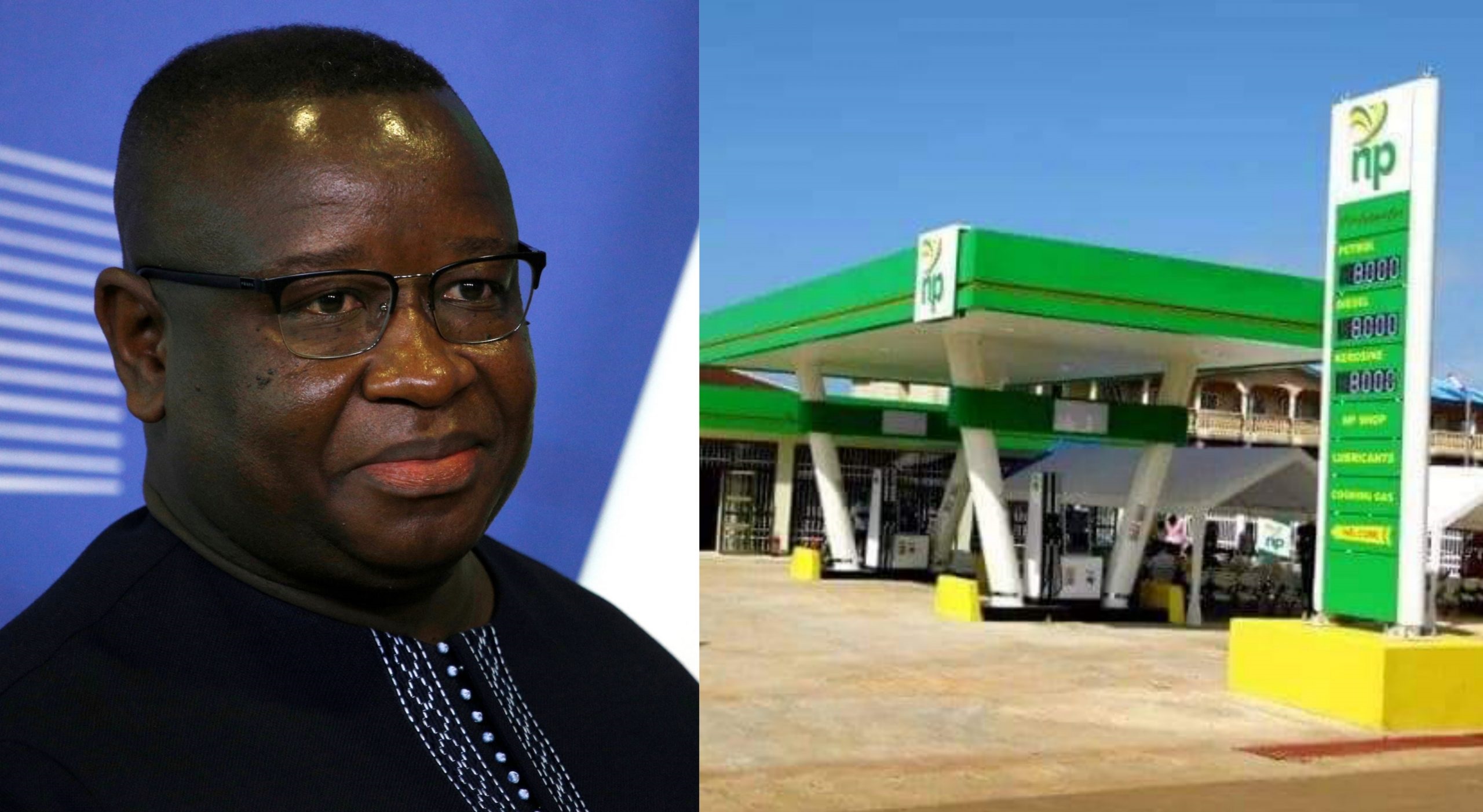Demand for oil plunged in 2020 during the pandemic when lockdowns led the price to fall below zero, first time in history due to a major downturn in economic activity.
Oil prices have since risen sharply to nearly $100 per barrel following strong economic recovery post-lockdowns. As economies grow so does the demand for oil. Moreover, rising geopolitical tensions between Russia and Ukraine and in the Middle East are stoking supply fears. This is contributing to rising inflation and concerns about economic recovery for poor nations like us.
As far as the implications of higher oil prices are concerned, there are both microeconomic and macroeconomic implications. As a consumer, you may already understand the microeconomic implications of higher oil prices.
Oil price increases are generally thought to increase inflation and reduce economic growth. In terms of inflation, oil prices directly affect the prices of goods and indirectly affect costs such as transportation.
Two years ago when COVID-19 started, there was a plunge in economic activity and oil demand. Producers were adjusting production levels, but there is only so much one can do without destroying reservoirs or capital. Our storage capacity is also limited. Moreover, there was uncertainty about how severe the economic crisis would be and how long it would last. These compounded factors pushed oil prices to very low levels not seen in decades. There was even a short period of time when oil prices went down to minus $40.
This difficult period lasted several months. It was followed by a surprising economic rebound, driving demand for oil and oil products. It’s estimated that oil demand at this point is back, or has already surpassed, pre-pandemic levels. In other words, it has never been higher.
However, supply has not been able to fully respond to increased demand. OPEC has been scaling up oil production slowly, but it also has limited spare capacity and is probably cautious not to oversupply the market again.
When it comes to oil as a source of energy, depending on where you are, 50-60% of what consumers pay at the pump is tax. We tend to focus on the fluctuation in the crude oil price, which is important, but the really big thing that people don’t know is that in every Leone spent on a litre of gasoline, they pay 70-80 cents to the government. Some importing countries make more money from taxing oil than producing countries from exporting it!
From 15-Nov-2021 to 21-Feb-2022, the average value for oil in Sierra Leone during that period was Le. 10,000.00, with a minimum of Le 10,000.00 on 15-Nov-2021 and a maximum of Le.10, 000.00 on 21-Feb-2022. For comparison, the average price of gasoline in the world for this period is 19,792.18 Sierra Leonean Leone.
High oil prices are a challenge for importing countries while at the same time work to the advantage of exporting countries. It is really a zero-sum game. With price changes, there is a shift in profiting between oil producing and oil consuming countries.
My expectation would be that oil prices will fluctuate in long-term. It is very difficult to predict level of prices or even direction of change.
In any case, I think the oil prices may stay at $100 or more, however not for long and certainly not forever. Because in the medium-term supply should catch up with demand growth while hopefully geopolitical tensions ease.
In the long-term, I imagine the demand will plateau and maybe start decreasing at a certain point. The key uncertainty is when that will happen. Experts differ strongly. Some say that such a peak is just a few years from now, others say more like a few decades.
Rise or fall, Sierra Leoneans may have to contend with the realities of fuel price hikes driven by global factors for a long time to come.


 Post a comment
Post a comment










Comment(s)
Disclaimer: Comments expressed here do not reflect the opinions of Sierraloaded or any employee thereof.
Be the first to comment